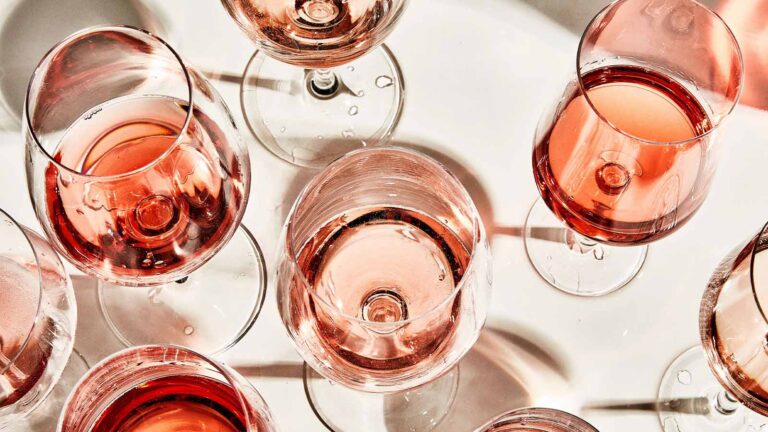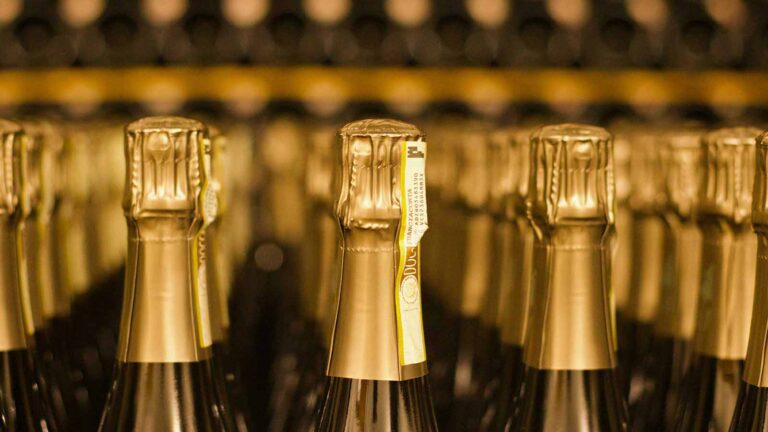
Vineyard
In the vineyard, the journey from grape to glass begins with understanding the intricate growth patterns of vine grapes. These plants, naturally climbers in the wild, are cultivated under specific conditions to optimize sunlight, soil moisture, and nutrients. The vineyard’s annual routine—from winter pruning to autumn harvest—plays a crucial role









